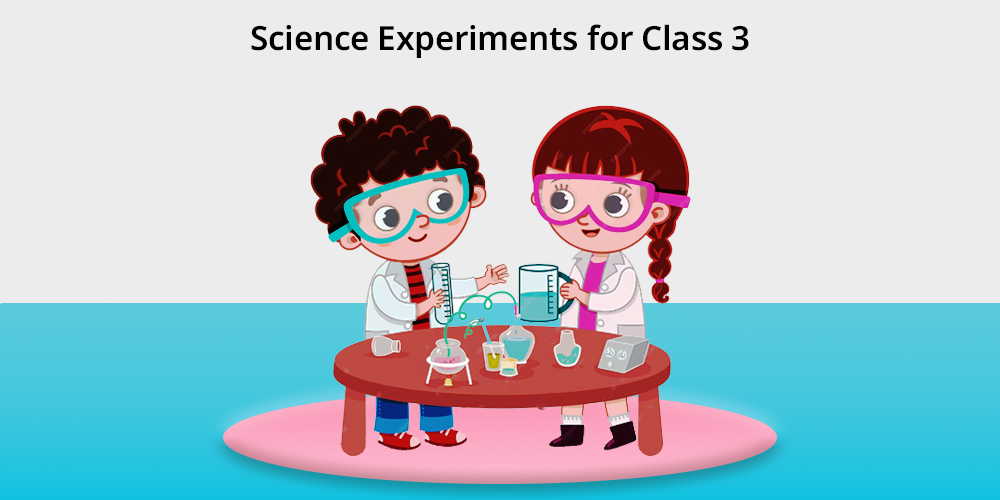
When children participate in experimental science activities they become naturally curious while understanding how their surroundings function.
Hands-on science activities enhance learning experiences for Class 3 students because they promote both mastery of classroom concepts and sustained engagement.
Children-oriented scientific investigations offer basic safe operational guidelines to present distinct scientific principles through interesting easy-to-understand educational content.
Science experiments create an infinite space for students that combines educational growth with lessons about acids and forces and natural phenomena.
This blog surveys different third-grade appropriate science projects that unite educational learning with fun elements.
Also Read: 10 Easy Science Experiments For Young Scientists
Contents
1. Acid Rain Experiment
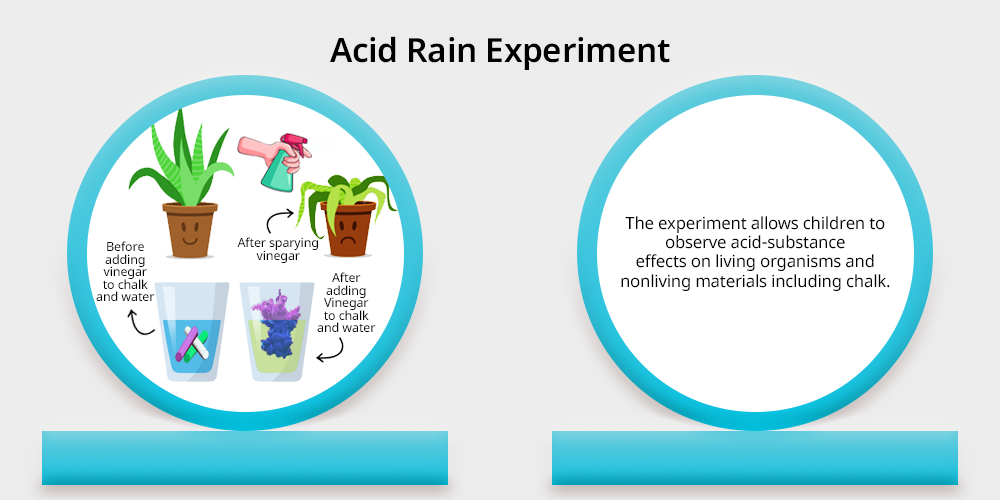
Acid rain serves as a major environmental issue which brings destructive effects to plants alongside harm to buildings that also impacts water bodies.
The experiment allows children to observe acid-substance effects on living organisms and nonliving materials including chalk.
The experiment utilizes everyday household items to display the time-dependent changes which acid rain inflicts on plants as well as materials.
Materials Needed:
- Vinegar
- Water
- Small plants or chalk pieces
Instructions:
- Mix vinegar and water in a spray bottle.
- Spray a single plant with the vinegar-water mix.
- You should observe one plant without treatment alongside chalk pieces maintained in similar environmental conditions.
- Observe daily for changes.
How It Works:
- The mixture of vinegar in water functions as acid rain to demonstrate how environmental pollutants impact plants and manufactured goods.
2. Air Resistance
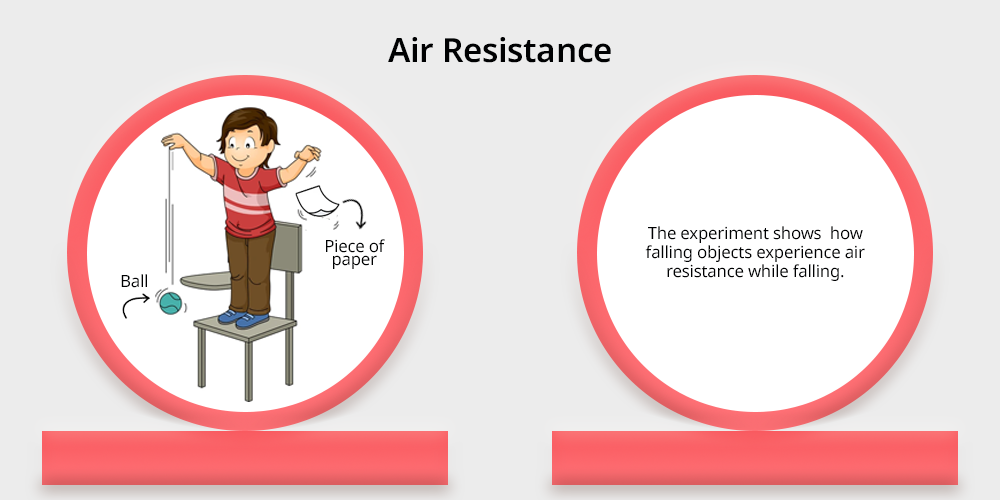
The experiment shows how falling objects experience air resistance while falling. Children observe how the environment affects objects in fall by watching items dropped from the same height.
Materials Needed:
- Piece of paper
- Small ball
Instructions:
- Take a piece of paper and a small ball and put them in the air at the same time letting them fall.
- Look which of them touches the ground first.
How It Works:
- The paper on the other hand descends slower because it offers a large surface area which results in a greater air resistance as opposed to the ball.
Also Read: Science Projects for Kids- Rocks and Minerals
3. Apple Browning Experiment
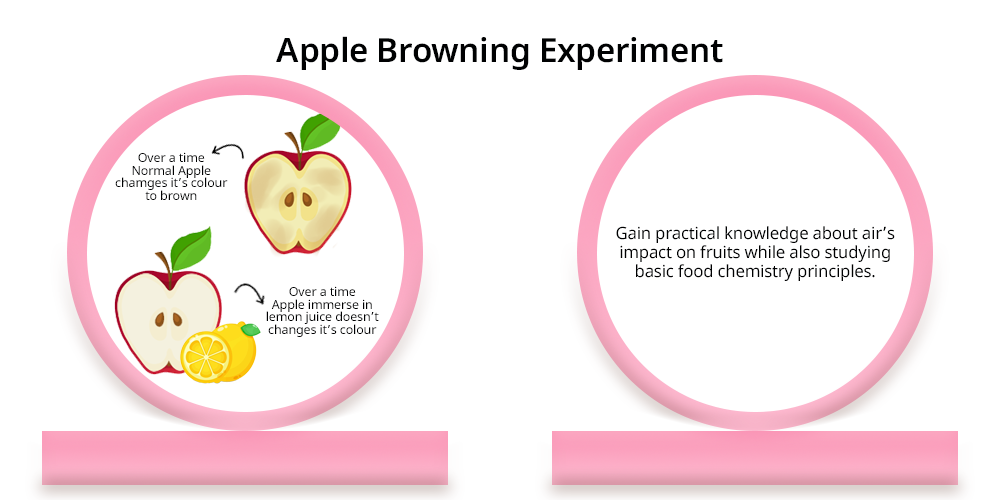
When you cut an apple do you observe how its surface develops brown color? The experiment shows how oxidation works also demonstrates how using lemon juice protects objects from oxidizing.
During this experiment young individuals gain practical knowledge about air’s impact on fruits while also studying basic food chemistry principles.
Materials Needed:
- Apple
- Lemon juice
- Knife
Instructions:
- Cut the apple into wedges.
- Take one wedge and immerse it in lemon juice and let the second wedge have contact with the air.
- Watch the changes in the color as it browns, over time.
How It Works:
- Lemon juice inhibits oxidation therefore the apple does not change its colour to brown, the outermost part of the apple turns brown because of oxygen.
4. Art Bots
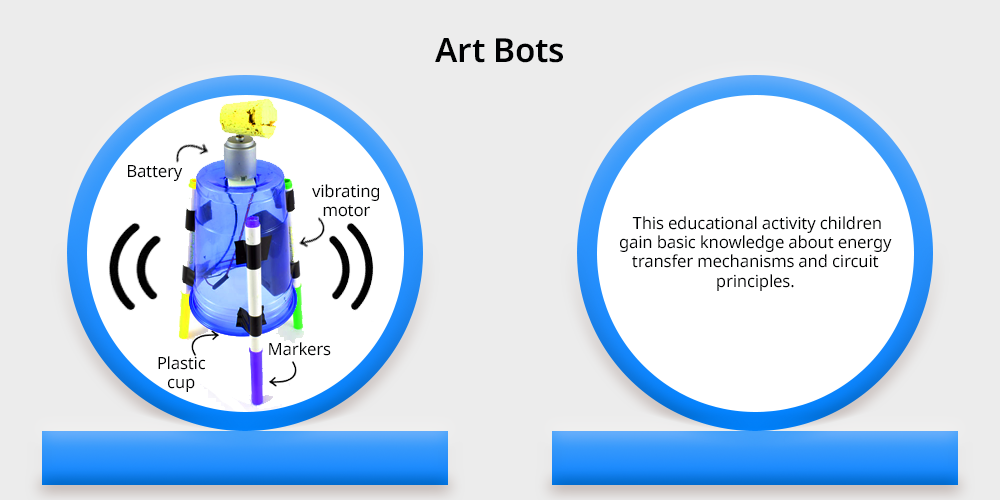
The process of designing an artistic robot interests kids. Through this educational activity children gain basic knowledge about energy transfer mechanisms and circuit principles.
A basic robotic device combines a motor with a cup through which kids make a drawing system that functions as both a mobile unit and an artistic mechanism.
Materials Needed:
- Small vibrating motor
- Battery
- Plastic cup
- Markers
- Tape
Instructions:
- Screw the motor at the base of the cup.
- Place markers around the edge of the cup.
- Screw the motor on the battery to see it shake as it is drawing current.
How It Works:
- The motor makes the cup shake and the shaking forms drawings and is the energy transfer and simple circuits.
5. Bottle Rocket
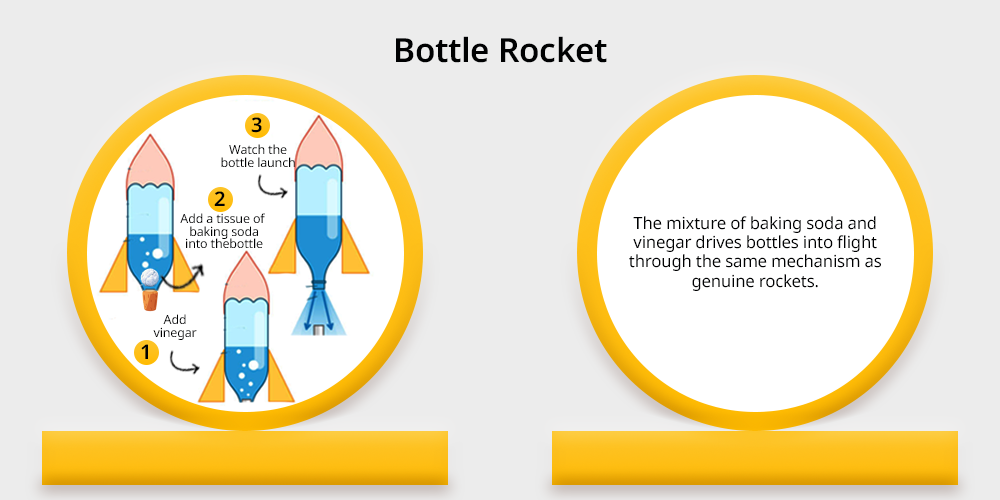
The experiment shows the profound impact that chemical reactions combined with gas pressure can have using everyday household objects.
The mixture of baking soda and vinegar drives bottles into flight through the same mechanism as genuine rockets.
Materials Needed:
- Plastic bottle
- Baking soda
- Vinegar
- Cork
- Tissue or paper towel
Instructions:
- Drop a small piece of baking soda into a tissue or paper towel and put it into your bottle.
- Put the vinegar into the bottle and screw on the cork right away.
- Watch the bottle launch.
How It Works:
- This constant flow of vinegar and baking soda bubbles pressure inside the bottle like a rocket not only until it launches outside the bottle, but continue going out.
Also Read: Science Experiments for Kids-Renewable Energy
6. Coastal Erosion Model
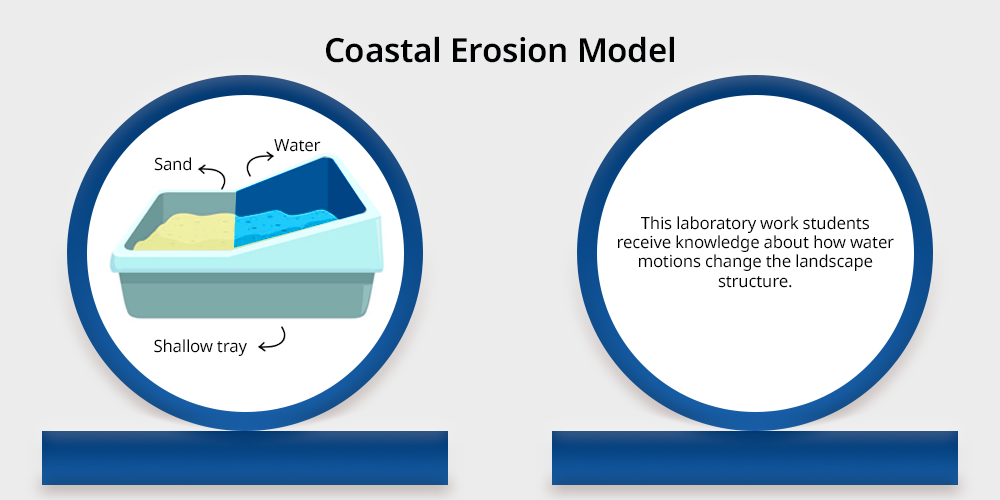
This laboratory work students receive knowledge about how water motions change the landscape structure.
Children observe how natural forces affect environmental changes through the simulation of waves with a water and sand tray.
Materials Needed:
- Sand
- Shallow tray
- Water
Instructions:
- Place a small sand hill in the tray.
- Simulate waves by pouring water over the sand slowly to get the usual liquid flowing over the sand only.
- Watch to the sand change.
How It Works:
- Natural forces such as water helps wearing down the coastal environment, the sand using the example.
7. Color Wheel Spinner
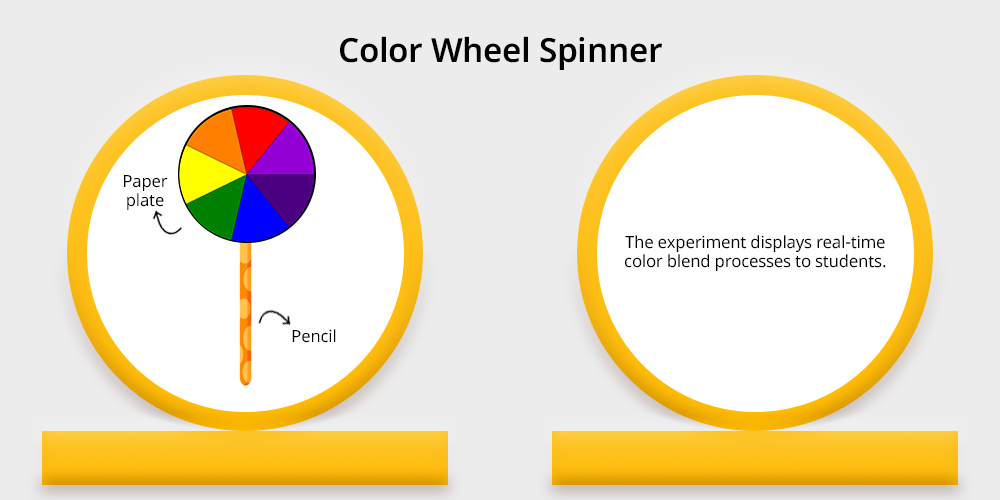
The experiment displays real-time color blend processes to students.
Children gain knowledge about primary colors transforming into secondary colors while observing a spinning paper plate with colored design.
Materials Needed:
- Paper plate
- Markers
- Pencil
Instructions:
- Using different colors, color six segments of the paper plate.
- Attach the pencil to the plate, spin it quickly.
How It Works:
- The plate spins, showing the mixing of colors as primary colors combine to form secondary colors.
8. Crayon Rock Cycle
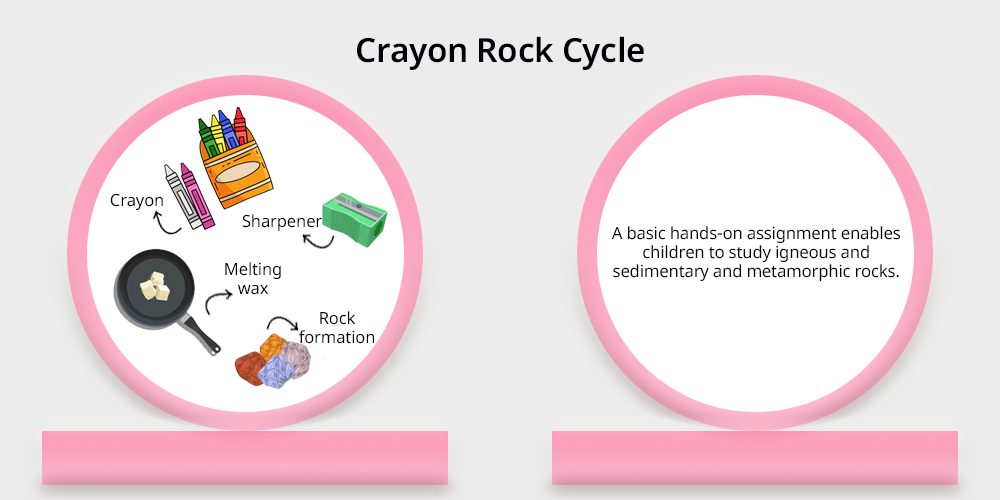
The crayon-based simulation of the rock cycle demonstrates through heat and pressure interactions which produce various types of rocks in an engaging educational display.
A basic hands-on assignment enables children to study igneous and sedimentary and metamorphic rocks.
Materials Needed:
- Crayons
- Sharpener
- Wax paper
- Pan
Instructions:
- Cut the sharpen crayons to get small pieces.
- Melt the wax in a pan and heat the pieces.
- Cool it and harden it, and then crush the cooled wax with pressure.
How It Works:
- Crayons when melted are the analog of igneous rock formation and when its cooled is the parallel with sedimentary rock formation.
- Metamorphic rock processes are shown by applying pressure.
Also Read: Science Experiments for 4th Class
Ending Note
Science experiments designed for third-grade students provide a perfect method to expose students to science’s remarkable discoveries.
Through these easy and enjoyable educational activities students acquire scientific concepts while learning to ask questions and develop their critical thinking abilities and problem-solving skills.
The educational process begins when students witness their bottle rockets lift off or study plant reactions to acid rain so each test provides unique learning opportunities.



